| Third graders are closing the year building and testing circuits. They're also using different materials in their circuits to see which ones allow electricity to pass through them. Materials that allow electricity to pass through them are called conductors. Students began seeing that materials that conduct electricity are typically made of metal, and materials that did not allow electricity to pass through them are non-metals. These materials that don't allow electricity to pass through them are called insulators! |
|
Third graders are spending the last few weeks of school understanding the connections between electricity and magnetism. Check back soon for pictures of the circuits students build!
Third graders are using all the knowledge they've gained about magnetism to use magnets as part of an engineering design challenge.
Here's the situation: People and goods (weights) need to move along a magnetic track. GOAL: Third graders must design a magnetic train that can safely carry as many people and goods across. Students must use the limited materials available. Students must consider how to place their own magnets on their train designs. If the poles facing each other are opposite, the train will attract to the magnetic track and the train will be unable to move. Happy designing third grade! When you get stuck...Improve! Improve! Improve! The results of our last experiment were all over the place. It seemed like stringing paper clips from each magnet did not give us consistent results, so third graders redesigned their experiments to gather more conclusive data. They used a ruler to measure the distance a paper clip jumped to attract to each magnet. What did third graders find? That the farther a paper clip could jump would mean the magnet's strength would be greater! Check out their claims, evidence, and reasoning for this magnetic strength investigation!
With limited materials, third graders planned and carried out an investigation to determine which magnet was the strongest. They had to collect data in a data table, graph it, and use the data to provide evidence and reasoning to support their claims. Way to go third graders!
Mrs. Brinza is putting the third graders up to a challenge! She's adding one final criteria to their obstacle course challenge:
Magnets must be the only force that can move their cotton ball through their obstacle course. Just how can they solve this problem? They'll be using what they know about how magnets interact with each other and with other materials. Some initial questions students asked were... "Does the magnet work through the cardboard?" "How can I get it up the ramp...it's stuck now?" Let's see how they solve this problem! May the force be with you! Ha! Third graders will be using this new found knowledge in their cotton ball obstacle courses. How can they get their cotton ball to move using magnetic forces and NOT the wind? Check back soon to see how they met the new criteria for this engineering design challenge!
Third graders are using the engineering design process to improve their obstacle course designs. Sometimes the force of their breath is too great for the design they're created, so they're working to manipulate the available materials to keep the cotton ball on track. Maybe the materials they chose are causing too much friction and the cotton ball can't move forward like it is intended to. They're also getting feedback from their peers, which is an incredibly important part of an engineer's work.
|
Mrs. BrinzaUnique fact! Some rocks have magnetic properties. Archives
June 2015
Categories |





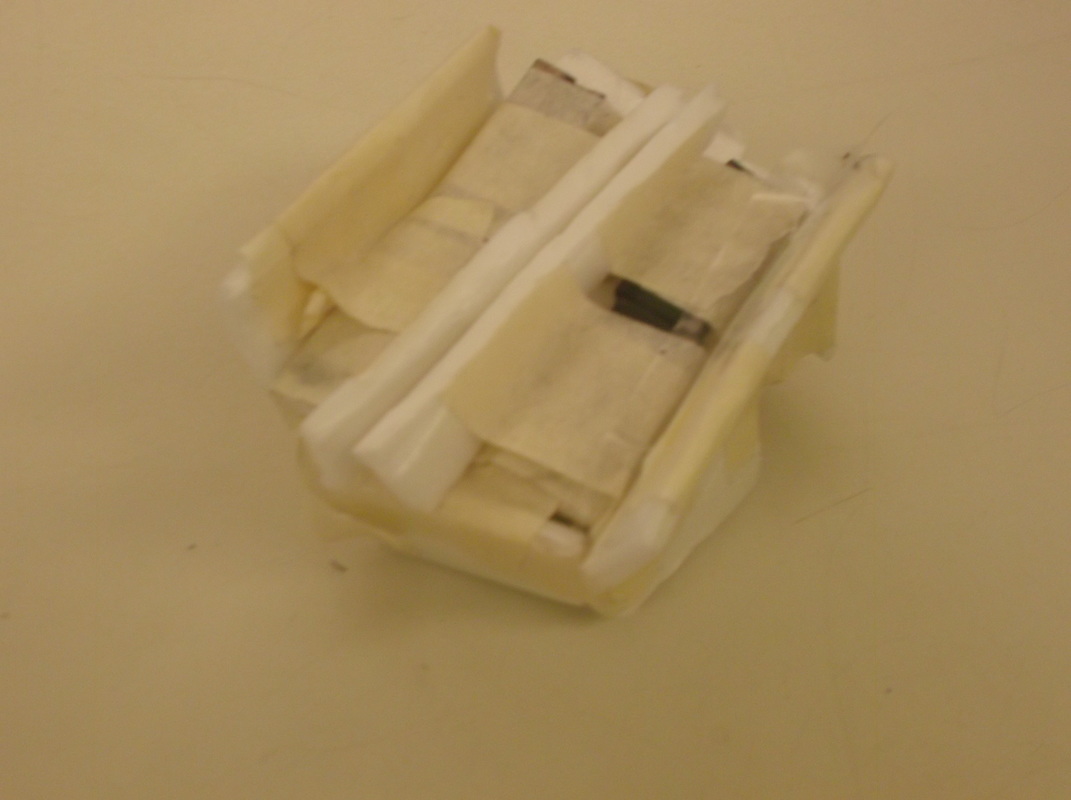


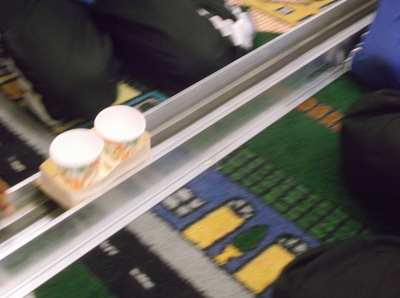














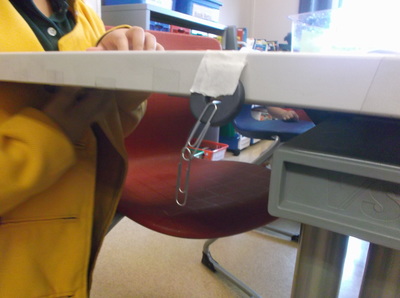


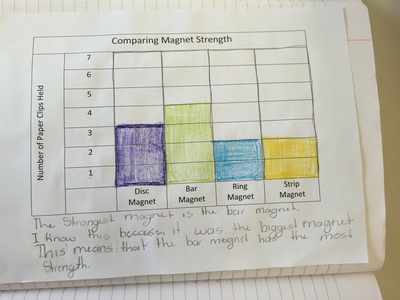




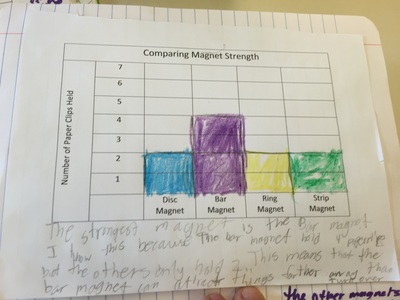




















 RSS Feed
RSS Feed